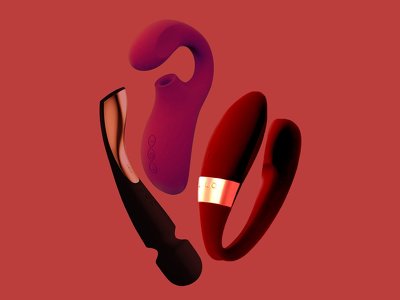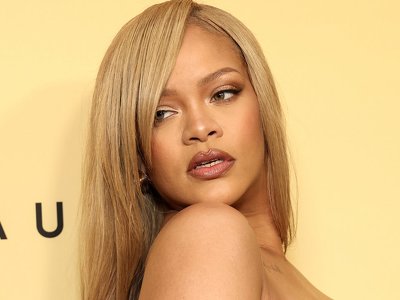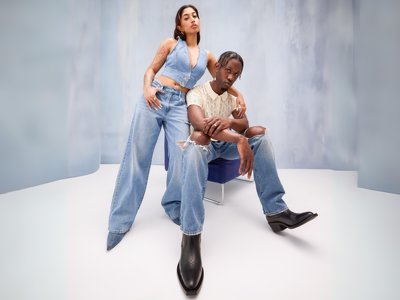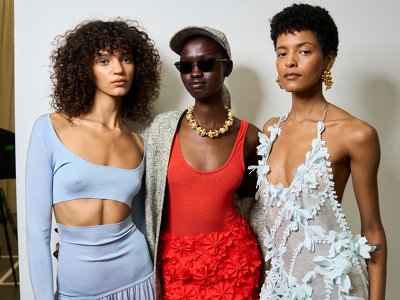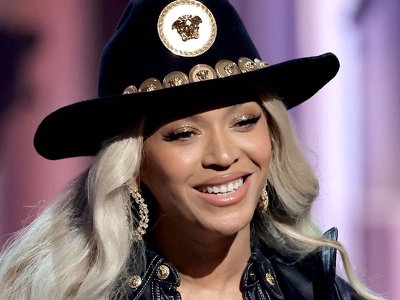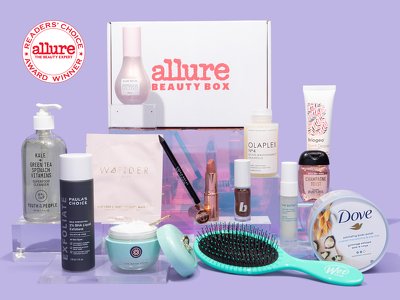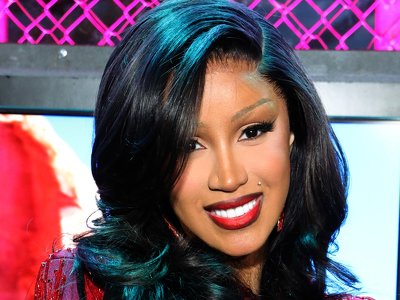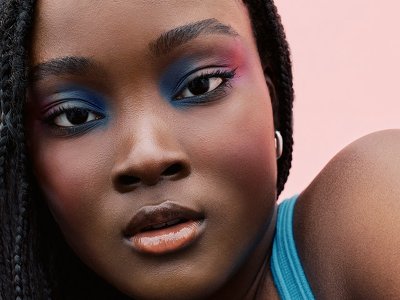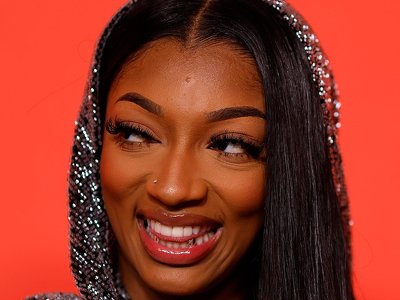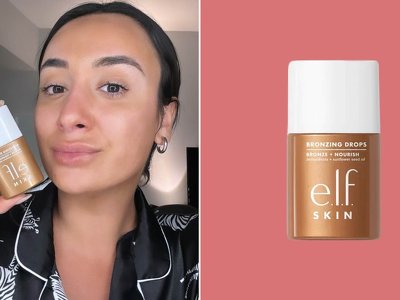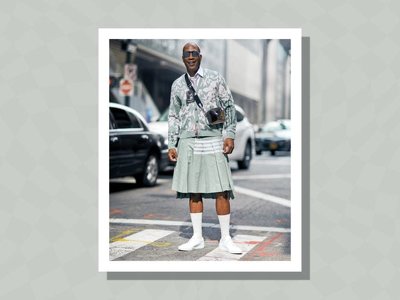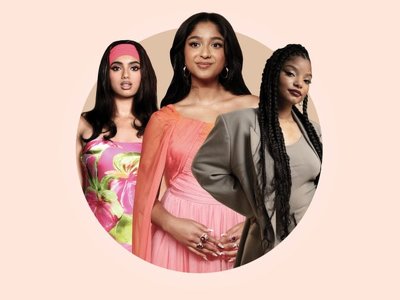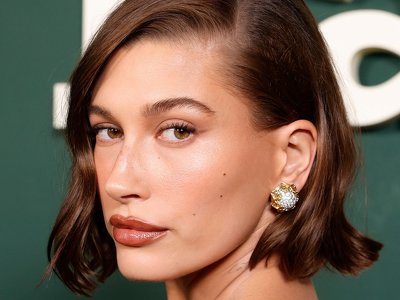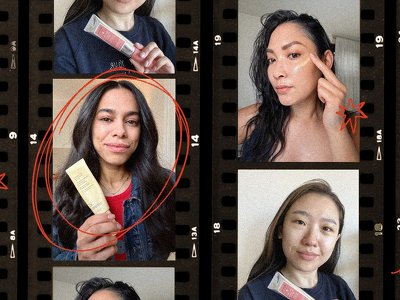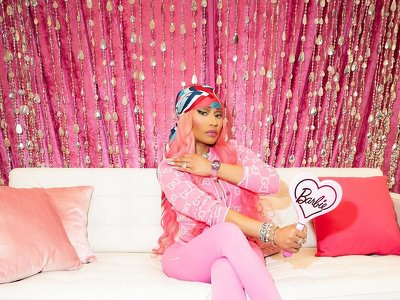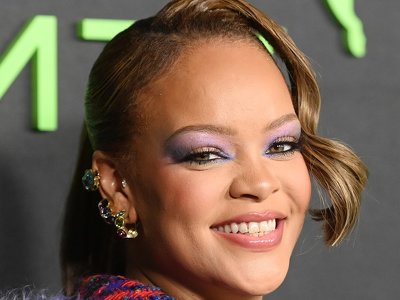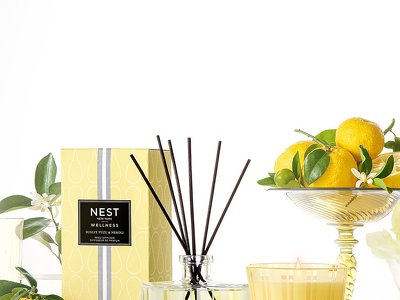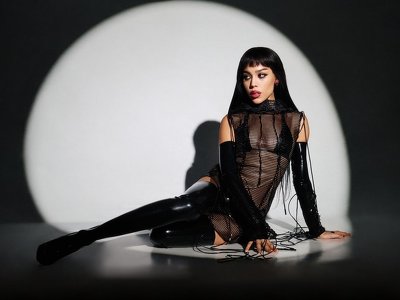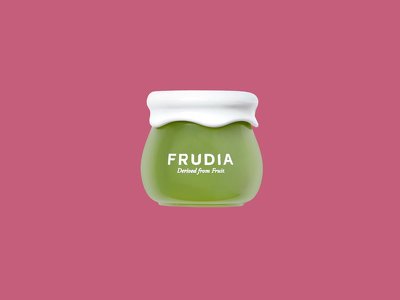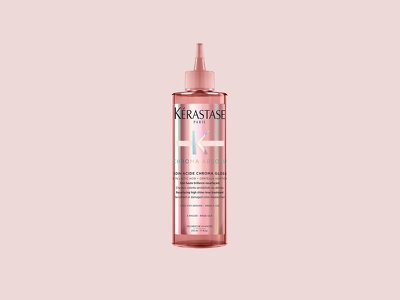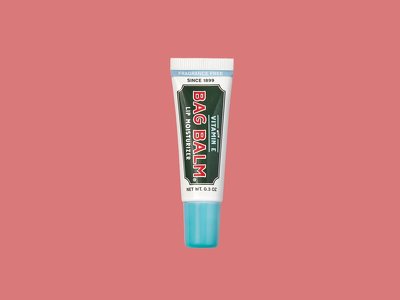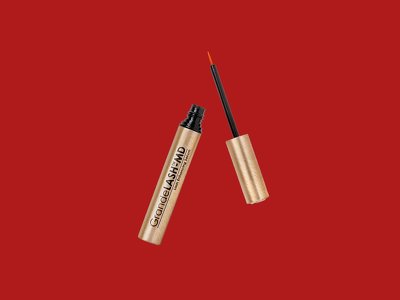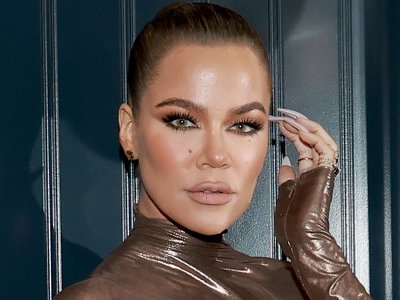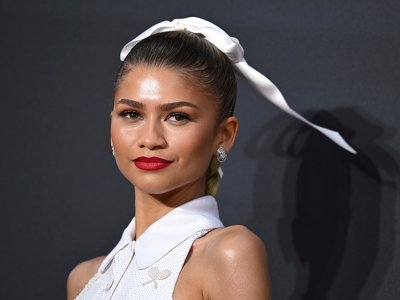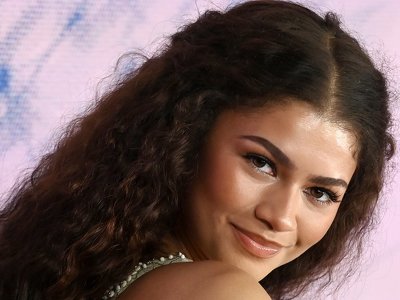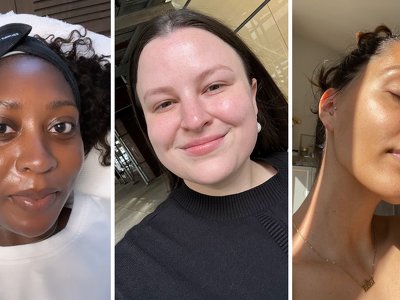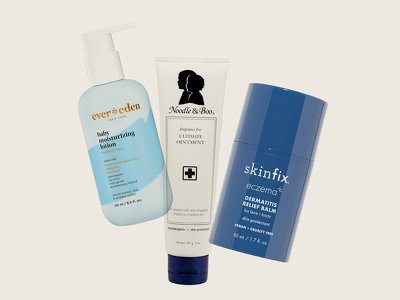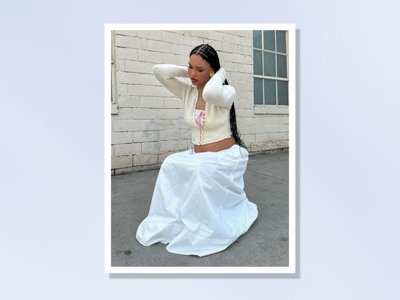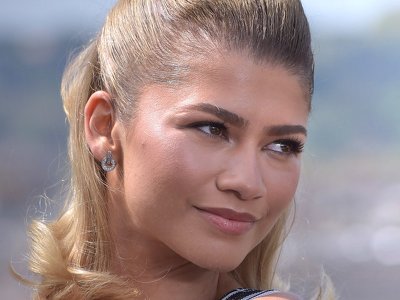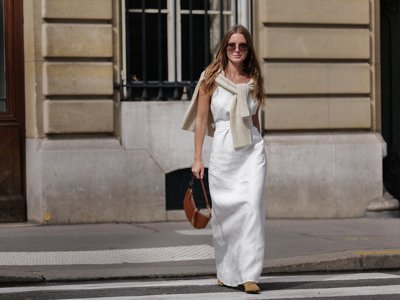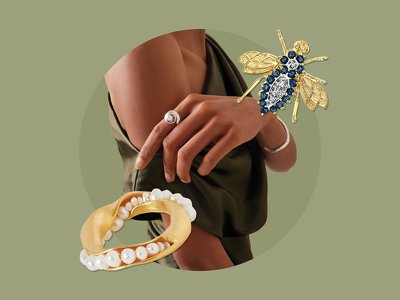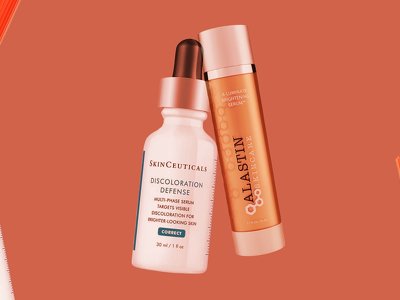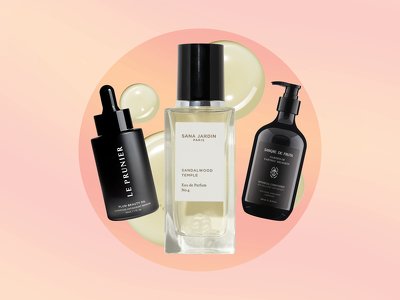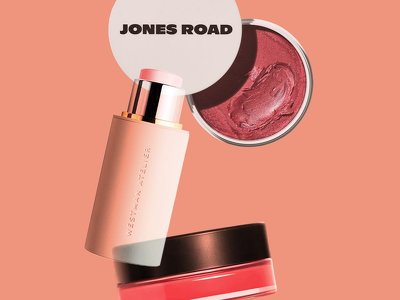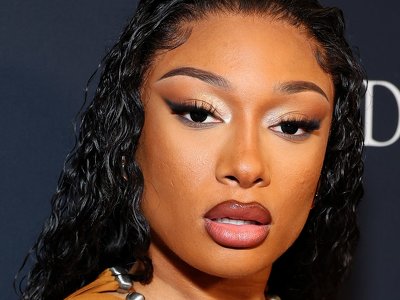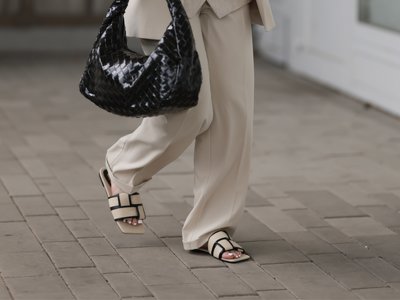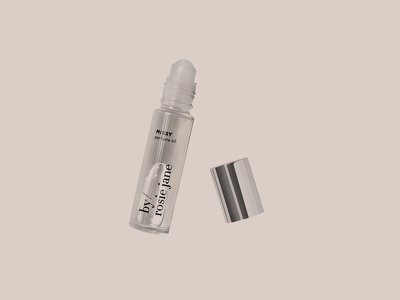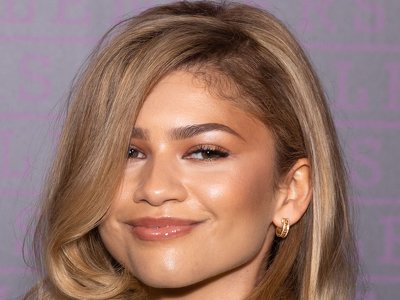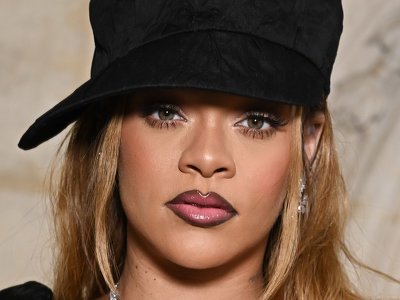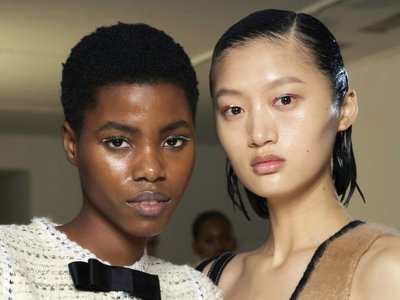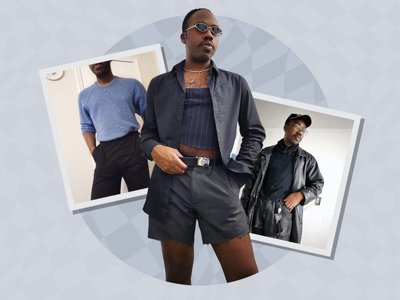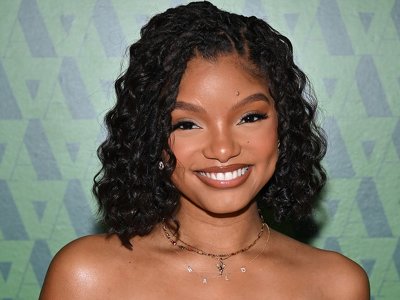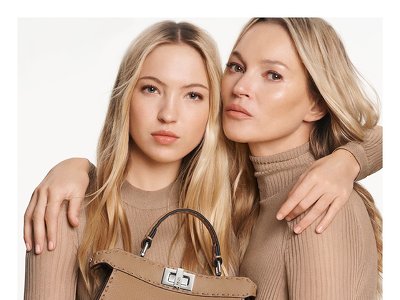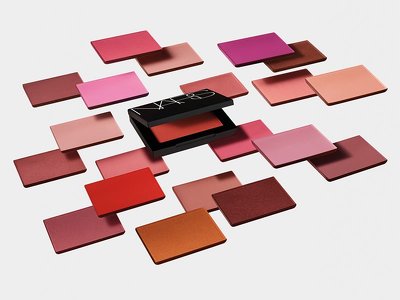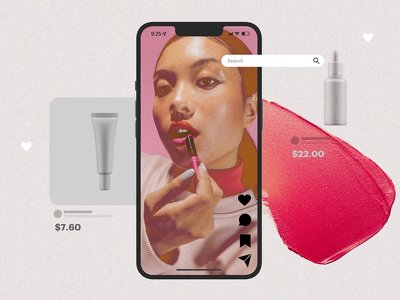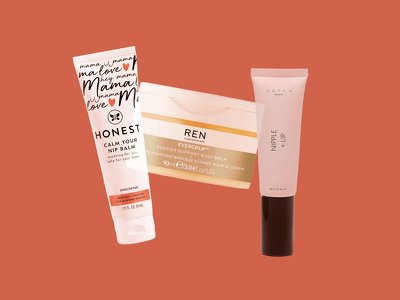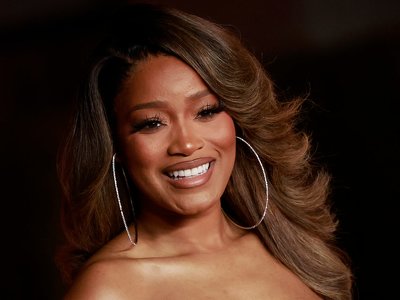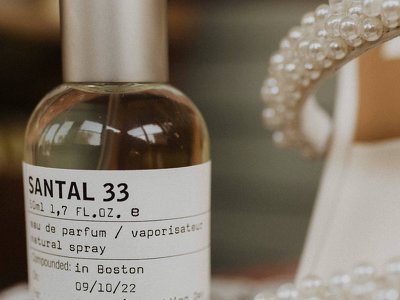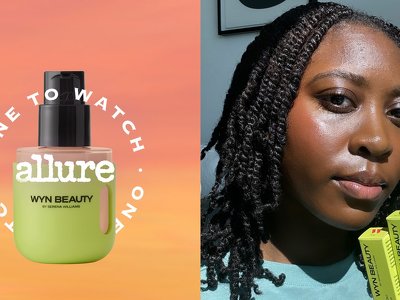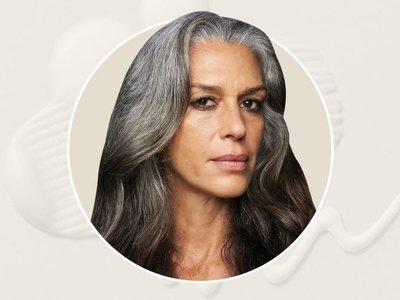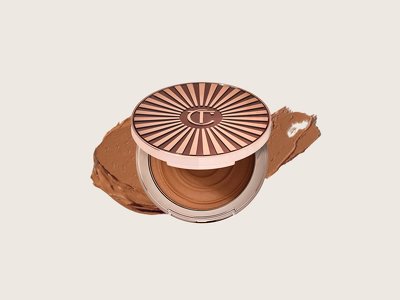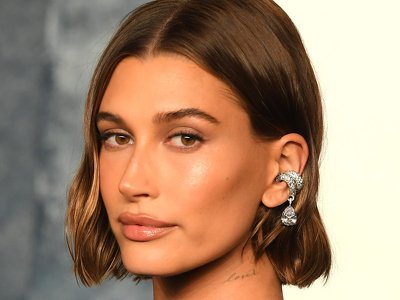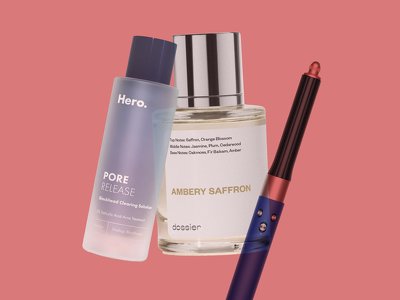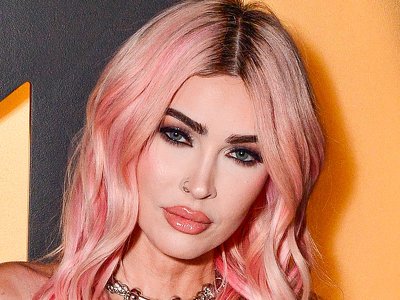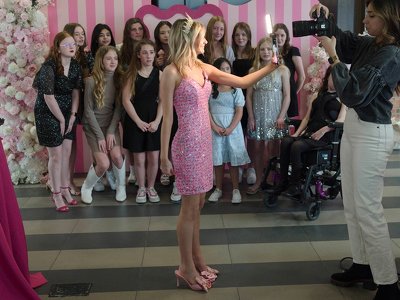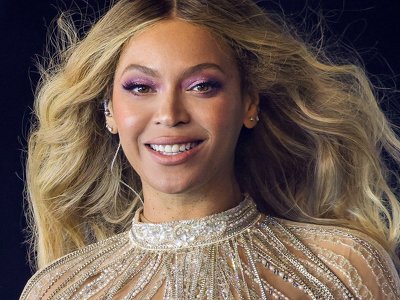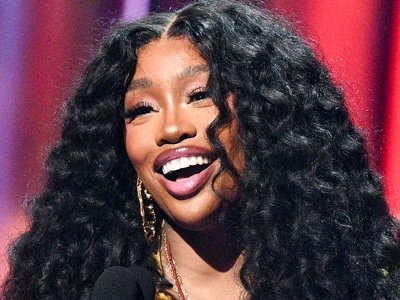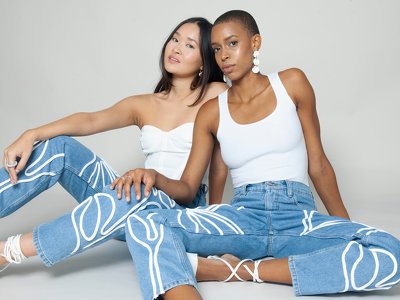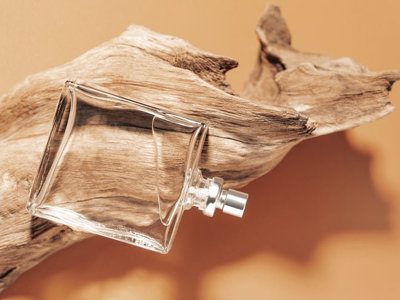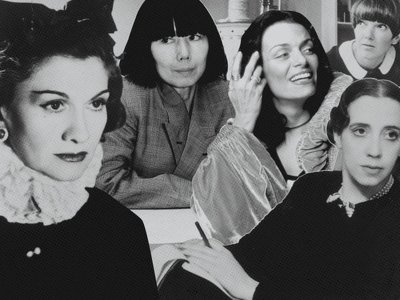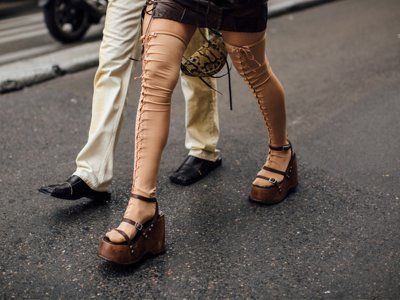Your “Recession Hair” Is a Privilege

Welcome to It’s Textured, a column where we untangle the joy, trauma, confusion, and frustration that can come with Black hair. This month, writer Sophie Meharenna points out the overlooked exclusion of Black women from the “recession hair” conversation.
Over the past few months, “recession hair” has been everywhere. The trend—wherein people cut back on their regular hair color, cuts, and styling services to save money—has generated countless viral videos and been covered by InStyle, Refinery29, Bustle, Vogue, and Allure, who’ve all chimed in on how the current economy is reshaping people’s relationships with their hair. In addition to being a fiscally responsible choice, it’s often celebrated as a return to ease, a quiet resistance to beauty as performance, and a redefinition of effort.
While I appreciate the sentiment (and see the value in documenting the cultural shift), the widespread coverage has left me wondering: Who is allowed to “let go” without consequence? Because when you’re Black, like I am, your hair isn’t something you can scale back on without risk. It’s one of the most visible, policed, and politicized parts of who you are—especially in the workplace.
That’s why, for Black women, recession hair doesn’t look like grown-out layers or transitional lowlights—in fact, our recession hair looks ultimately the same as it otherwise does. While others are skipping their root touch-ups in the name of “economic survival,” most of us have no choice but to stand by our routine hair care and services—otherwise, we face the risks of showing up in the world looking anything less than “perfect” by white standards.
“The rising price of maintaining our hair is lower than the cost of what may happen if we don’t.”
The rules for what hairstyles are deemed “professional” weren’t necessarily written with our coils in mind, but the consequences of breaking those rules are very real nonetheless. Early in my career, I kept my hair straight, a strategic effort to manage how I was perceived in my corporate office, particularly when meeting new clients for business development. I often maintained a biweekly blowout schedule, not because I loved the look but because I knew (and was even told by my then-supervisor) that it was the easiest way to fit in and therefore be heard.
These days, I wear my hair in curls, braids, twists, or whatever feels most like me—and despite significant progress when it comes to workplace inclusion, it does still affect how I’m treated in corporate contexts. Sometimes the scrutiny is subtle: eyes drifting to my roots before landing on my face. Other times, it’s absurd; a colleague once brought a ruler to measure how the shape of my hair changed through the day, amazed by the “magic” of shrinkage. Then there are the “compliments” like, “I wish I could pull that off,” that are loaded with innuendo and often make me wonder if certain people see my presence at work as a novelty.
The ramifications of breaking “professional” beauty standards amount to more than just micro-moments. Hair biases in the workplace can contribute to unfairly harsh scrutiny of Black women’s performance; we may be held back from professional development or lose job opportunities entirely. Although 27 states have adopted legislation that bans discrimination based on natural textures and protective styles like braids, locs, and twists, there’s still no federal safeguard. And legal protection doesn’t equal cultural permission: We still regularly see stories of professional Black women who face backlash because people don’t like the way their hair looks while they’re doing their job.
“When resources (and job opportunities) are low, the cost of judgment feels higher.”
The pressure to conform for the sake of job security is felt widely across salons that serve predominately Black women; I spoke with several hairstylists who say their clientele have expressed frustrations and fears about it recently. “Some of my clients have told me they feel that pressure constantly,” California-based hairstylist Paiton Timia says. “Many rely on their stylist for upkeep, and when that isn’t affordable or accessible, it creates a lot of stress.” Virginia-based hairstylist Yene Damtew concurs. “We are expected to mimic a beauty standard that was never made with us in mind,” she says, recalling the strict hairstyling guidelines (no hair colors that “couldn’t grow out of your head,” which did not apply to the platinum-blonde white employees) she had to follow at previous jobs. “We constantly have to ask ourselves what it means to be presentable,” Nevada-based hairstylist Bobbie Mullins says.
Some have found ways to cut back on hair services where they know it’s safe to or found creative workarounds to constant upkeep. “I’ve seen less consistent appointments with certain services like presses and weaves,” Timia says. Jennifer Chapman, another California-based hairstylist, has observed a shift as well: “I’ve noticed my clients are wearing wigs a lot more as an alternative to making regular hair appointments.”
But generally speaking, the pressure of maintenance doesn’t let up in times of economic uncertainty or hardship. When resources (and job opportunities) are low, the cost of judgment feels higher.
So we’ll continue to shell out. And Black hair care isn’t a minor expense; it’s a major line item. A 2023 study published in the International Journal for Equity in Health found that Black women spend nine times more on their hair care products than non-Black consumers thanks to what it calls a “minority hair tax,” a significant discrepancy in price and availability of Black hair care products compared to the rest of the market. Still, the rising price of maintaining our hair is lower than the cost of what may happen if we don’t.
While the idea of showing up “as is” may be aspirational, it isn’t always realistic, especially not for Black women. Despite big progress from legislative initiatives like the CROWN Act and viral movements like #BlackHairIsProfessional, the reality on the ground tells a more complex story. Because even when our hair is protected by law, it’s still policed by culture.
Here’s the thing: recession hair is a fundamental cultural shift. For many people, it signals a rebellion against beauty standards that never felt quite right to begin with. But that freedom? It’s not evenly distributed. Trends are rarely one-size-fits-all, so the next time we celebrate one, we owe it to ourselves—and each other—to ask: Who’s getting to participate, and who’s just trying to stay afloat?
More from It's Textured:
Now, watch Keke Palmer react to TikTok trends:
Follow Allure on Instagram and TikTok, or subscribe to our newsletter to stay up to date on all things beauty.
- Last
- April, 28
-
- April, 27
-
- April, 26
-
-
- April, 25
-
- April, 22
-
-
-
-
- April, 16
-
-
-
-
-
- April, 15
-
-
-
- April, 13
-
-
News by day
5 of July 2025
